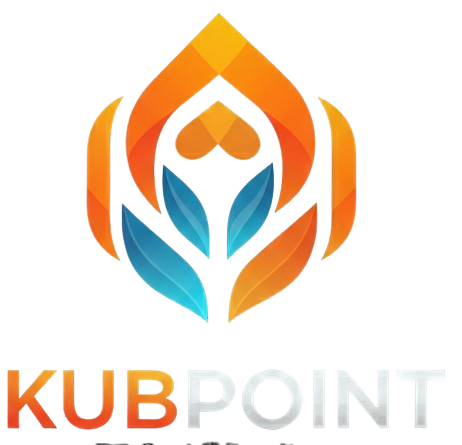Honeycomb has added a Canvas framework for managing and orchestrating multiple artificial intelligence (AI) agents as they observe and query massive amounts of telemetry data.
Morgante Pell, technical lead manager for engineering at Honeycomb, said Canvas is the latest extension to a series of Honeycomb Intelligence initiatives that, for example, provide access to an AI agent that can convert natural language into queries based on the syntax Honeycomb created to query data. There is also now a Model Context Protocol (MCP) server that provides third-party agents and coding tools with access to observability data.
These capabilities will enable DevOps teams to both more easily interrogate terabytes of telemetry data and be alerted any time there is anomalous behavior that might adversely impact application performance and availability.
Honeycomb also plans to add additional AI agents that are capable of completing tasks that run in the background later this year, he said. That will make it possible for an AI agent to, for example, autonomously observe application behavior and surface remediation suggestions that might be required, said Pell.
Additionally, Honeycomb is working toward integrating the codebase analysis tools it gained earlier this year via the acquisition of Grit into the Honeycomb Intelligence framework.
The overall goal is to make observability data more accessible to not just DevOps engineers but also additional members of the IT teams that no longer need to know how to craft a Honeycomb query, noted Pell.
Arguably, one of the reasons that observability platforms are not more widely employed is that many IT professionals simply lack the expertise required to create the query needed to analyze data in the first place. In effect, AI is democratizing access to observability platforms.
Less clear is to what degree AI may encourage more IT teams to rationalize legacy IT monitoring platforms that are designed to track a set of pre-defined metrics. While observability platforms are today used primarily to troubleshoot application environments, they can also be used to track events. As AI tools become more deeply embedded within the observability platform, it should become easier to use a single platform at a lower total cost to both monitor metrics and analyze logs and traces.
Ultimately, each IT organization will need to decide to what degree it may empower AI agents to autonomously act on guidance surfaced by an observability platform, but in most instances a DevOps engineer is going to want to review them before allowing them to be implemented in a production environment. Eventually, however, platforms will automatically handle issues with relatively low risk of impacting an application, while routing issues that could impact customers being sent to an on-call system to ensure they get immediate attention from a DevOps professional.
Hopefully, in the age of AI there will soon be a lot less firefighting as more issues are resolved before they can have a catastrophic impact on the application environment. The challenge now will be organizing the small army of AI agents that might be needed to achieve that goal.

